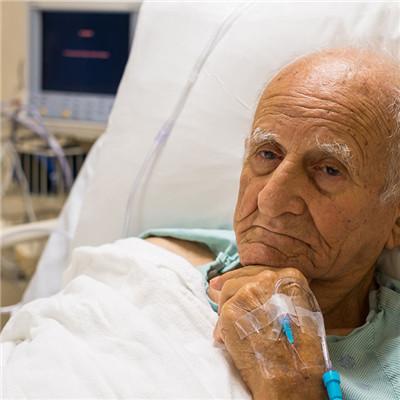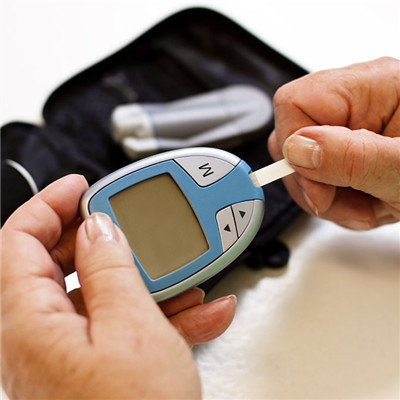Jiuzhaigou mountain sickness symptom?
summary
Altitude sickness, also known as altitude sickness and mountain sickness, is strictly a type of altitude sickness. It is a kind of discomfort caused by human body rapidly entering the plateau above 3000 meters above sea level and exposed to low pressure and hypoxia environment. It is a unique common disease in plateau area. Jiuzhaigou mountain sickness symptom? Let's talk about it
Jiuzhaigou mountain sickness symptom?
It's very common. The maladjusted patients got sick 6-24 hours after entering the plateau area in one day, and appeared double frontal pain, palpitation, chest tightness, shortness of breath, anorexia, nausea and vomiting. The symptoms of central nervous system are similar to those of excessive drinking. Cyanosis of the lip and nail bed occurred in some cases. After staying at high altitude for 24-48 hours, the symptoms are relieved and disappear after a few days. A few of them can develop into high altitude pulmonary edema and (or) high altitude brain edema.

If the symptoms of acute altitude reaction persist for more than 3 months, headache, dizziness, insomnia, memory loss, inattention, palpitation, shortness of breath, loss of appetite, dyspepsia, numbness of hands and feet, facial edema, and sometimes arrhythmia or transient syncope will occur.

Headache, dizziness, nausea and vomiting, palpitation, shortness of breath, chest tightness, chest pain, insomnia, drowsiness, loss of appetite, abdominal distension, numbness of hands and feet and other symptoms can not be explained by other reasons. The evaluation of the degree of symptoms was mainly based on the degree of headache and (or) vomiting (mild, moderate and severe), and combined with other symptoms.

matters needing attention
Before entering the high mountains, we should carry out adaptive exercise in psychology and physique. If conditions permit, it is better to carry out intermittent hypoxia stimulation and acclimatization exercise in the low pressure cabin, so that the body can have some physiological adjustment to the hypoxia environment from plain to plateau. At present, except for those who are particularly susceptible to hypoxia, ladder climbing is the safest and safest way to prevent acute mountain sickness.


















